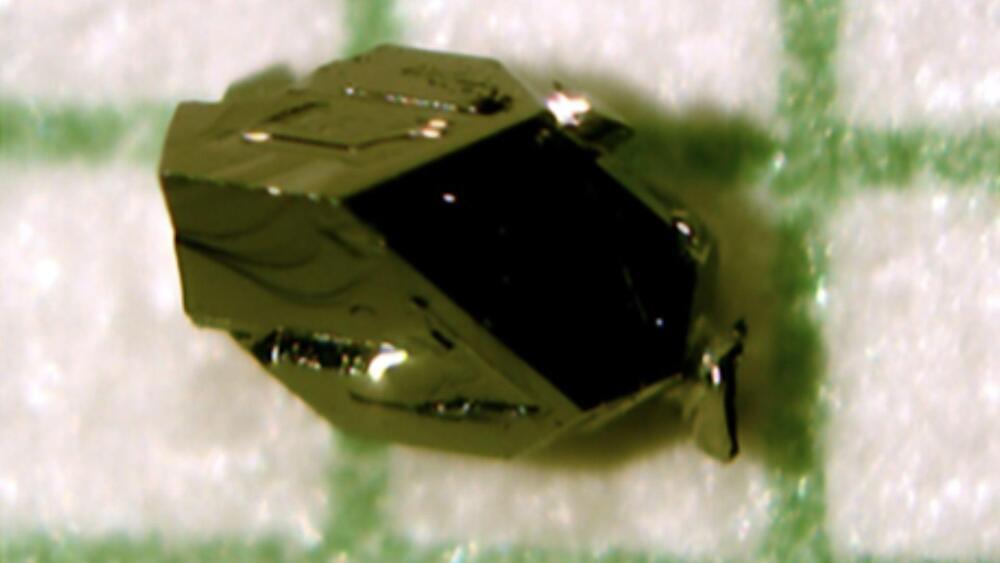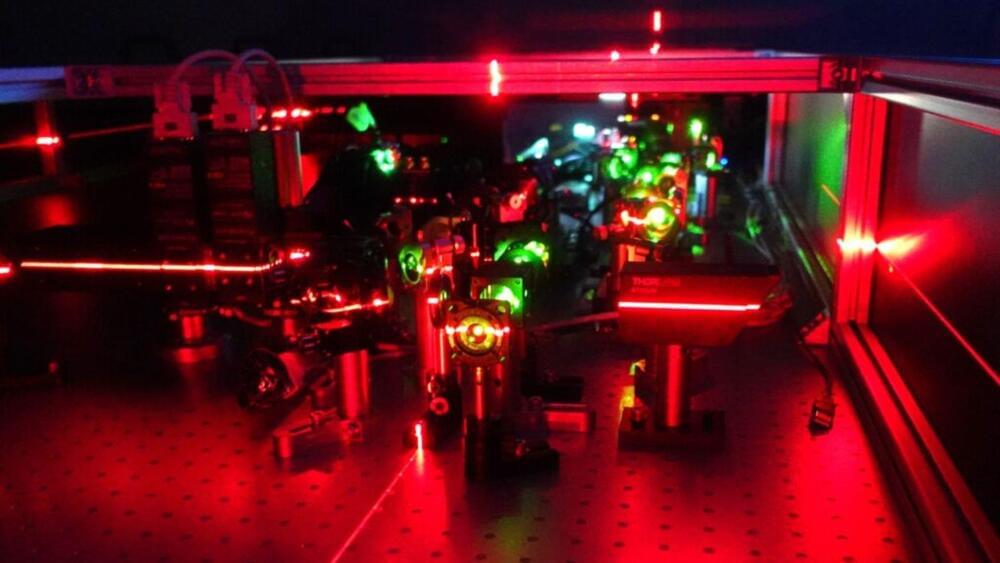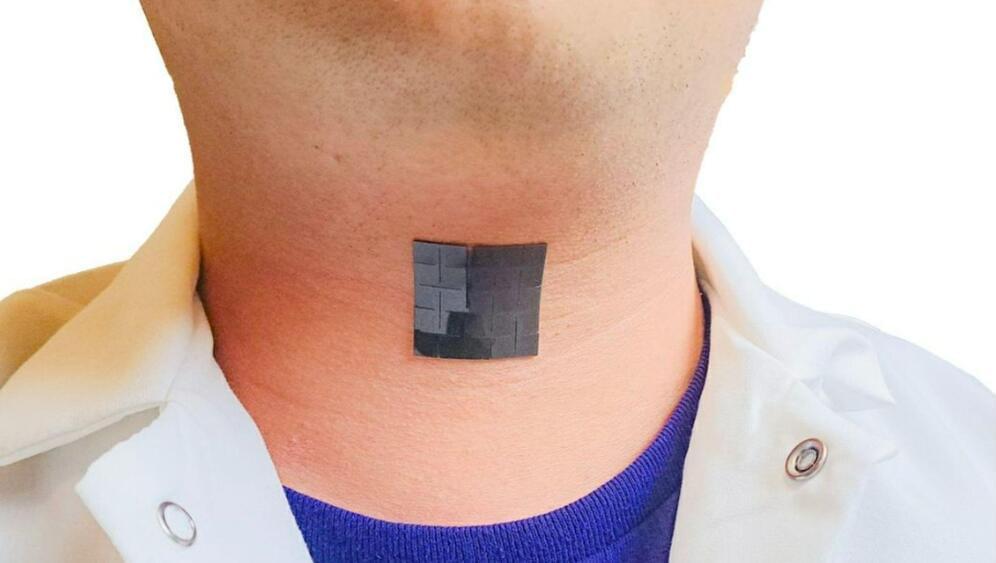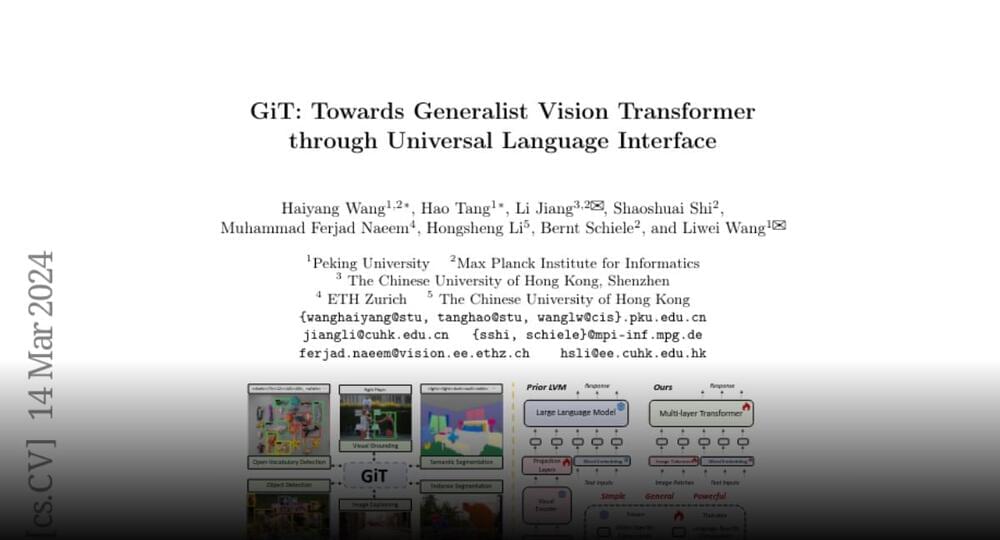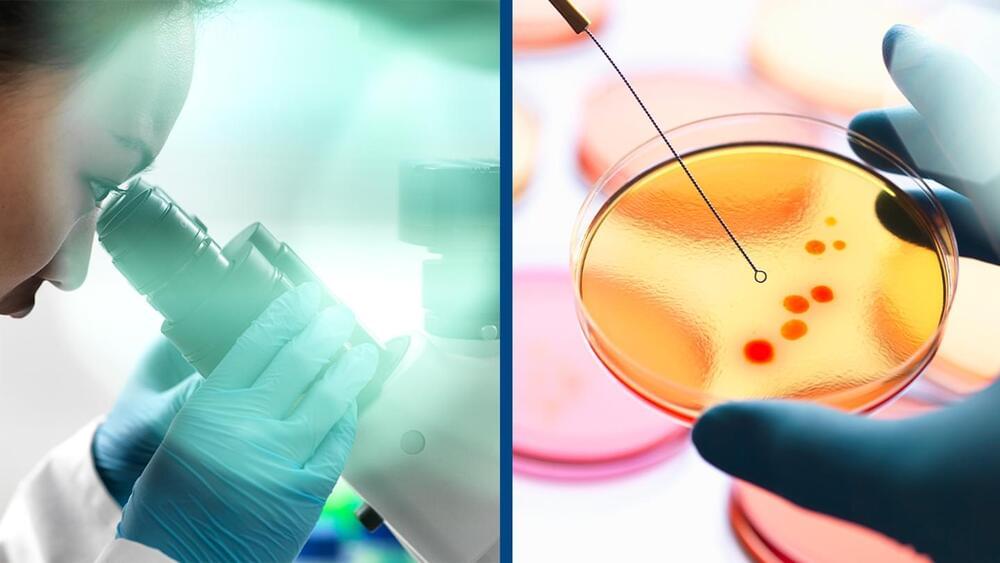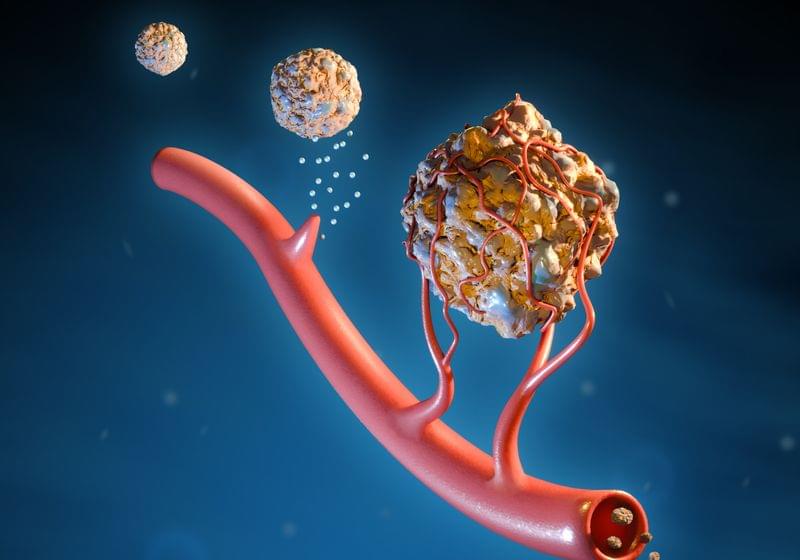India is walking back on a recent AI advisory after receiving criticism from many local and global entrepreneurs and investors.
The Ministry of Electronics and IT shared an updated AI advisory with industry stakeholders on Friday that no longer asked them to take the government approval before launching or deploying an AI model to users in the South Asian market.
Under the revised guidelines, firms are instead advised to label under-tested and unreliable AI models to inform users of their potential fallibility or unreliability.

